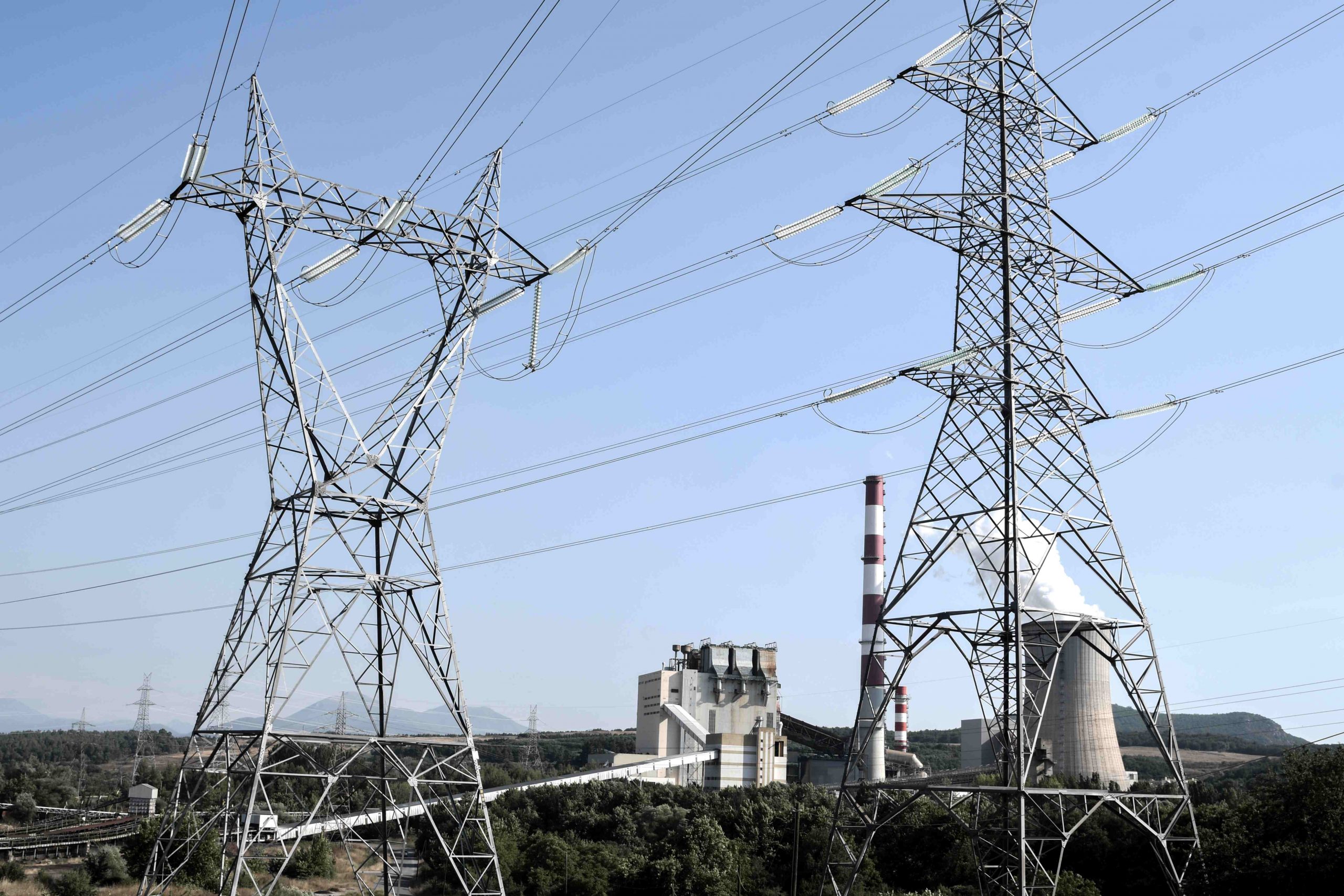Greece produces the greater part of the electricity consumed in the country, although both imports and exports are recorded, depending on the domestic demand at any given time, according to an Alpha Bank economic bulletin entitled “Sectors in Focus”.
Specifically, power production in Greece in 2021 exceeded 54,000 GWH in net electricity, up by 13 percent compared to 2020. On a 10-year basis, however, gross production has fallen, slightly.
Up until roughly a decade ago Greece, in large part, produced most of its electricity from fossil fuels, especially locally mined lignite. In fact, the fossil fuel, also known as “brown coal”, accounted for half of power production. However, by 2021 lignite’s share in Greece’s “power mix” fell to 10 percent.
Lignite’s “successor” was natural gas, comprising 41 percent of power generation by 2021, almost doubling its share.
In terns of renewable energy sources (RES), they comprised only 14 percent of power production in 2011, rising to more than 40 percent by 2021. The breakdown in RESs is 11 percent for hydroelectric power, 19 percent from wind farms and 10 percent from solar energy, while biomass remains at a negligible 1 percent.
While posting major progress in the energy sector, the report states, the ratio still leaves roughly 60 percent of power production coming from emission-heavy fossil fuels.



